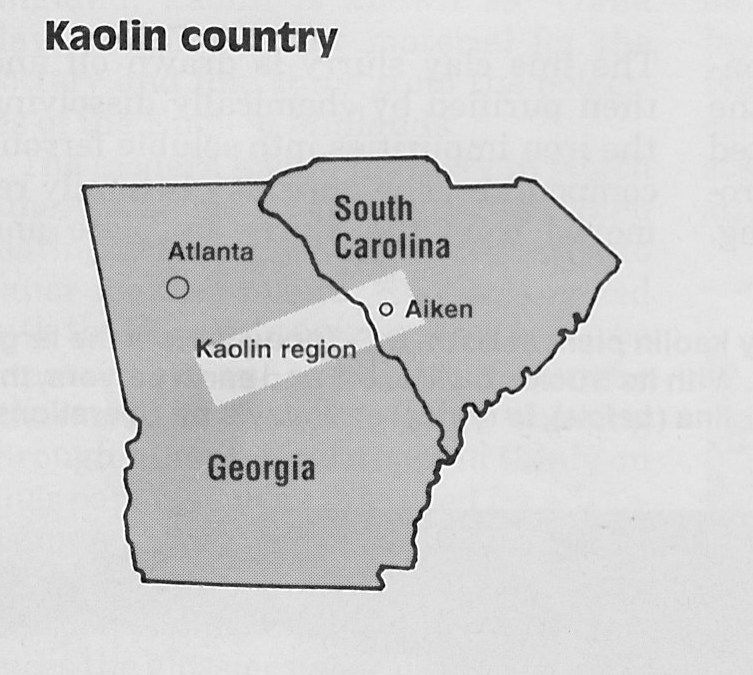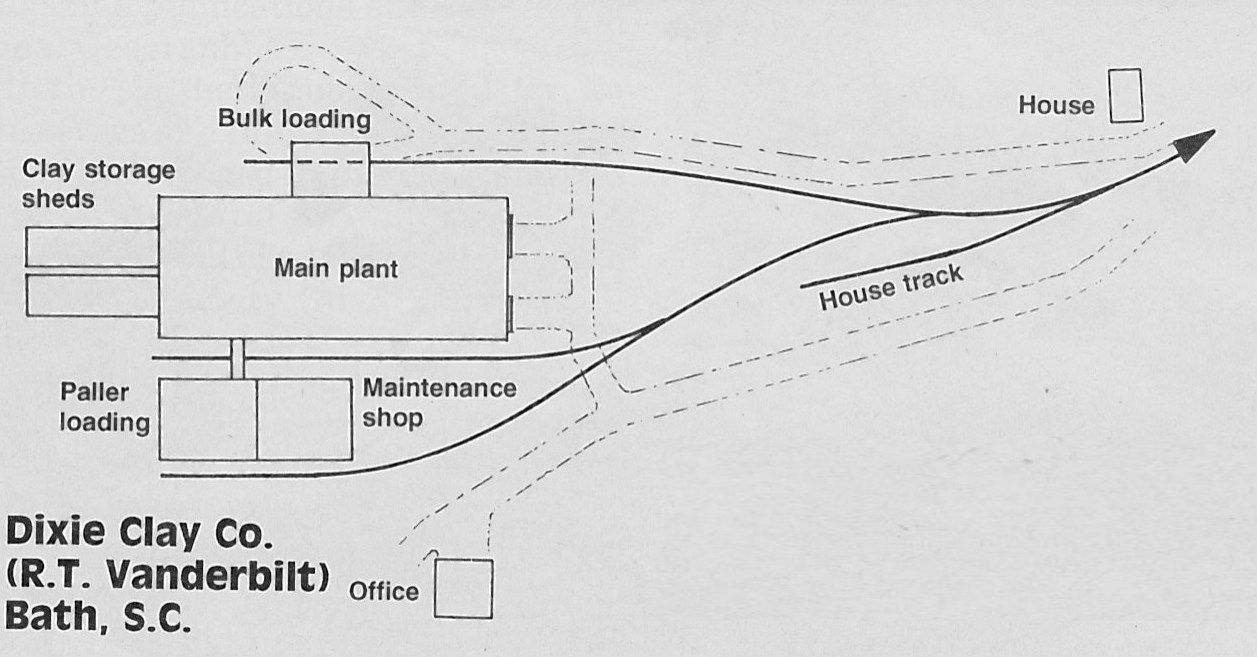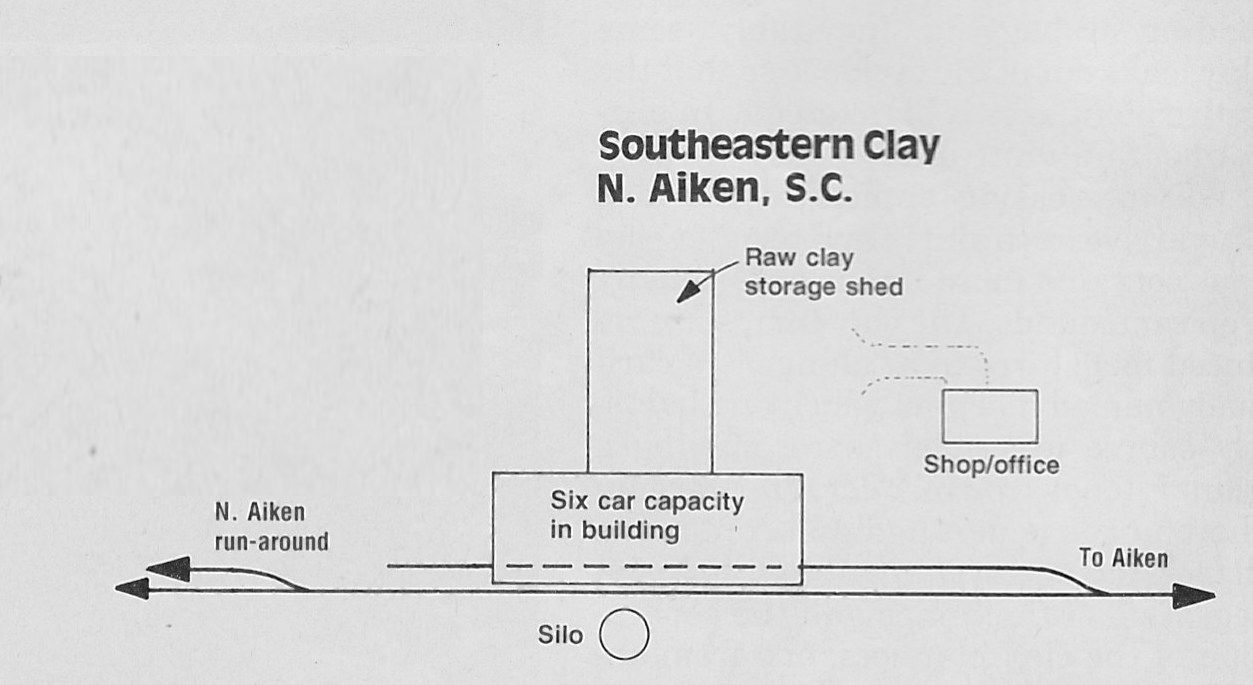Install the app
How to install the app on iOS
Follow along with the video below to see how to install our site as a web app on your home screen.
Note: This feature may not be available in some browsers.
You are using an out of date browser. It may not display this or other websites correctly.
You should upgrade or use an alternative browser.
You should upgrade or use an alternative browser.
Cornwall china clay industry images?
- Thread starter class1987
- Start date
I'm sorry if that wasn't helpful. If you have Google Earth you could type in St Blazey and follow the railway line north and at Goonbarrow there is a China Clay Drying plant. It gives you an overhead view of the layout. Also by typing in Par in the search bar it will show you a plant there on the docks. Also Google Goonbarrow it will give you s little more info. This may help you but I agree there aren't a lot of photos. I live here in Cornwall and most of my info comes from a reference library in Redruth. Unfortunately we are not able to loan out any of the books which have more detailed photos. A lot depends on the period of time you are modelling. If your layout is fictional then using Angela's China Clay assets you can arrange the building to suit the area you are planning to put your industry.. Also you can Google Kaolin. I hope this helps
Dennis
Dennis
These pictures are from the USA and are from an article than appeared in "Railroad Model Craftsman," April 1993.




Originally, the clay was bagged and shipped in boxcars. Boxcars were also use to ship bulk clay, originally loaded via the car doors, and up to the early 80's through specially equipped boxcars modified with roof hatches. Today a clay processing facility ships pallets of clay, bulk clay in covered hoppers & clay slurry in tank-cars.
Clay is used in the paper making industry where is mixed with the pulp fibers to make the paper opaque, and clay is also used to give paper a smooth glossy finish. Other uses of clay include the synthetic rubber industry as a filler for manufacturing tires , also used in paints, adhesives, insecticides, linoleum, pottery, ceramics, refractory bricks and the common building brick.
Also use "Kaolin" as a word in your search
John




Originally, the clay was bagged and shipped in boxcars. Boxcars were also use to ship bulk clay, originally loaded via the car doors, and up to the early 80's through specially equipped boxcars modified with roof hatches. Today a clay processing facility ships pallets of clay, bulk clay in covered hoppers & clay slurry in tank-cars.
Clay is used in the paper making industry where is mixed with the pulp fibers to make the paper opaque, and clay is also used to give paper a smooth glossy finish. Other uses of clay include the synthetic rubber industry as a filler for manufacturing tires , also used in paints, adhesives, insecticides, linoleum, pottery, ceramics, refractory bricks and the common building brick.
Also use "Kaolin" as a word in your search
John
Last edited:
I'll take a look on google satilite maps that might work. I am creating a modern day version of the plant.I'm sorry if that wasn't helpful. If you have Google Earth you could type in St Blazey and follow the railway line north and at Goonbarrow there is a China Clay Drying plant. It gives you an overhead view of the layout. Also by typing in Par in the search bar it will show you a plant there on the docks. Also Google Goonbarrow it will give you s little more info. This may help you but I agree there aren't a lot of photos. I live here in Cornwall and most of my info comes from a reference library in Redruth. Unfortunately we are not able to loan out any of the books which have more detailed photos. A lot depends on the period of time you are modelling. If your layout is fictional then using Angela's China Clay assets you can arrange the building to suit the area you are planning to put your industry.. Also you can Google Kaolin. I hope this helps
Dennis
Oh you live in cornwall thats handy then, if it's not too much trouble would it be possible if you could get some close up images of the plant so I can work from them I'll send you my email address through a PM.
Snowhill
I will reply for Snowhill, I am sure he won't mind.
He won't be able to get you photos, he has problems getting around, much as I have, so the locations would be beyond his reach.
When I made the assets there were some images he sent me so I'll see if I still have them on drive.
Angela
PS Found 14 pictures. PM me your mail address and I'll send them.
I'll take a look on google satilite maps that might work. I am creating a modern day version of the plant.
Oh you live in cornwall thats handy then, if it's not too much trouble would it be possible if you could get some close up images of the plant so I can work from them I'll send you my email address through a PM.
I will reply for Snowhill, I am sure he won't mind.
He won't be able to get you photos, he has problems getting around, much as I have, so the locations would be beyond his reach.
When I made the assets there were some images he sent me so I'll see if I still have them on drive.
Angela
PS Found 14 pictures. PM me your mail address and I'll send them.
Last edited:
A link
Here is a link, you may have found it already though....
http://www.railbrit.co.uk/location.php?loc=Cornwall Minerals Railway
Angela
Here is a link, you may have found it already though....
http://www.railbrit.co.uk/location.php?loc=Cornwall Minerals Railway
Angela
Ok thanks, I'll just been on google earth to see if I can find it could you give me directions for the map so I can locate it, chearsIn Cornwall I think its just Burngullow that JIA wagons are found. The other plants at Parkandillack and Goonbarrow deal with mainly dried power china clay.
Mark
The Burngullow sidings are located on the mainline west of St Austell and Trewoon. Many other workings, some closed some still in use are in the same area. The Parkandillack dryer is near St Dennis on the Drinnick Mill freight branch. The Goonbarrow (Rocks) dryer is south east of Bugle on the Newquay branch.
Par docks also used to handle China Clay by rail. But this is now taken by a private road between the docks and Fowey Docks for export.
Mark
Par docks also used to handle China Clay by rail. But this is now taken by a private road between the docks and Fowey Docks for export.
Mark
Found it, thanks do you have any ground images so I work from them.The Burngullow sidings are located on the mainline west of St Austell and Trewoon. Many other workings, some closed some still in use are in the same area. The Parkandillack dryer is near St Dennis on the Drinnick Mill freight branch. The Goonbarrow (Rocks) dryer is south east of Bugle on the Newquay branch.
Par docks also used to handle China Clay by rail. But this is now taken by a private road between the docks and Fowey Docks for export.
Mark
Chears.
Similar threads
- Replies
- 36
- Views
- 6K
- Replies
- 141
- Views
- 21K
